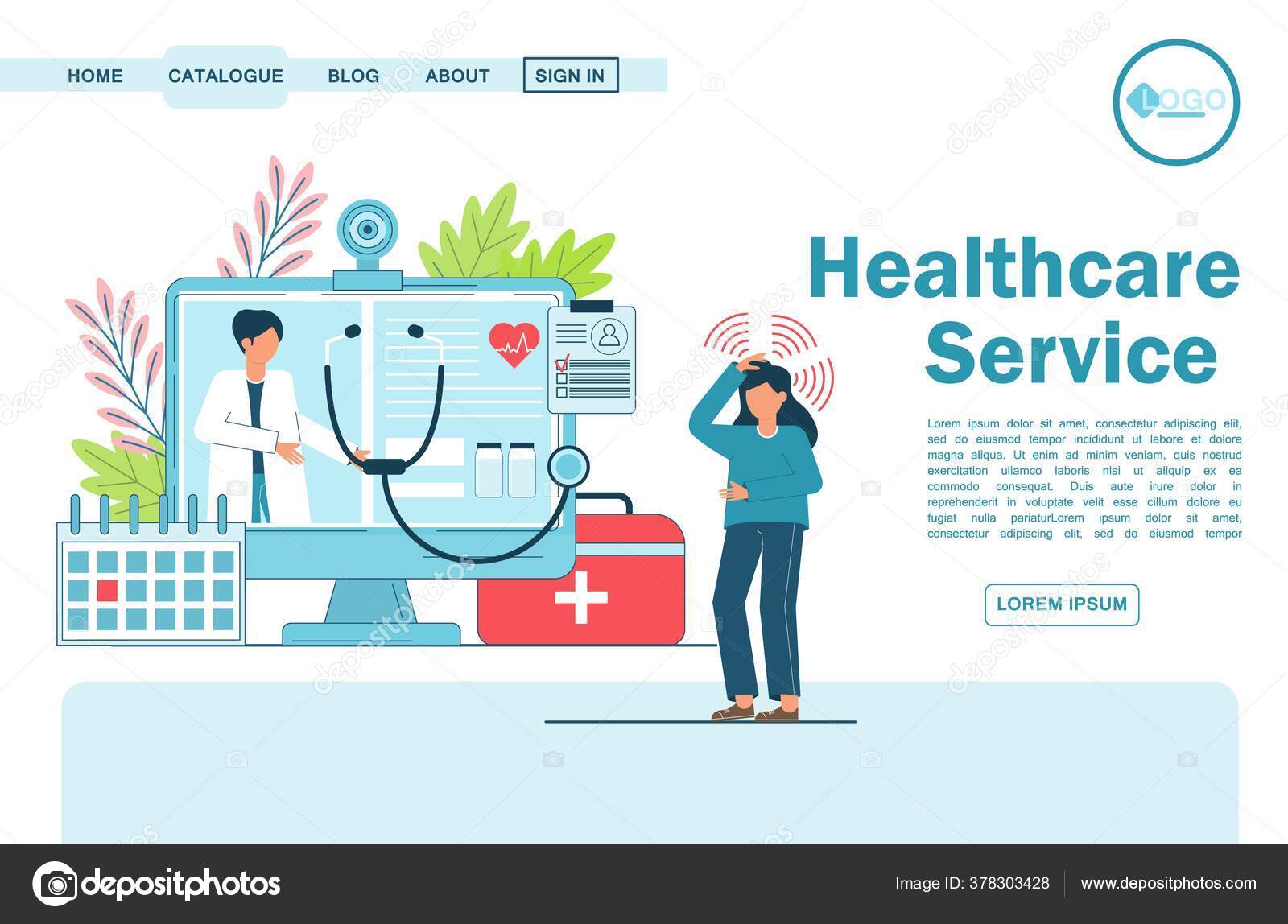Subscription Based Healthcare: Transforming the Method We Think Of Health
Subscription Based Healthcare: Transforming the Method We Think Of Health
Blog Article
The Surge of Subscription-Based Medical Care and Its Influence on Individual Treatment
As healthcare advances, the subscription-based design is getting grip, assuring to revolutionize client care by using predictability and ease of access. These models, which bypass standard insurance coverage, could redefine the patient-doctor dynamic, emphasizing precautionary and tailored care. As with any type of technology, they provide difficulties, particularly worrying fair gain access to for all socioeconomic teams. The possibility for these models to reshape health care distribution increases pressing concerns concerning their long-lasting sustainability and inclusivity. Are these subscription services the future of health care, or do they take the chance of leaving vulnerable populations behind? The ins and outs of this shift warrant a better assessment.
Understanding Registration Healthcare Versions
Comprehending the concept of membership health care models entails taking a look at a transformative approach to clinical services that stresses cost and availability. These models, typically referred to as direct health care (DPC) or attendant medication, have actually emerged as cutting-edge options to typical fee-for-service health care systems. Membership medical care allows clients to pay a fixed regular monthly or yearly fee for a specified collection of clinical solutions, which may include unlimited workplace visits, regular check-ups, and standard lab tests, without the need for typical insurance policy payment.
The structure of registration healthcare models is developed to improve client care by removing third-party payers and complicated invoicing codes, therefore minimizing administrative concerns. Medical care providers can focus much more on individual care, promoting stronger patient-provider connections. This model additionally advertises preventative treatment by urging normal brows through, as the monetary challenge of per-visit costs is gotten rid of.
The registration version frequently encourages medical care suppliers to handle smaller individual panels, permitting more tailored treatment. It straightens financial motivations with client wellness results, as companies are encouraged to keep patient contentment and wellness. In general, understanding membership health care versions requires identifying their possible to reshape how care is delivered and accessed.
Advantages for Providers and people

For carriers, subscription-based designs provide the possibility to strengthen patient-provider connections. With a constant income stream, health care professionals can devote even more time per individual, causing a much more tailored and extensive treatment experience. This version also lowers reliance above patient quantities, easing exhaustion and enhancing task satisfaction. The emphasis on precautionary care within membership plans can lead to better individual end results and minimized lasting health care expenses. By concentrating on continuous treatment, carriers can deal with issues prior to they rise, eventually benefiting the medical care system all at once by lowering the concern on emergency and severe treatment services.
Challenges and Problems
While subscription-based medical care designs existing countless advantages, they likewise include a collection of obstacles and problems that should be addressed. First, availability remains a significant concern, as these models commonly target individuals who can manage monthly fees, possibly excluding low-income populations. This increases moral inquiries regarding fair accessibility to health care solutions. Additionally, the diverse nature of membership plans can lead to complication amongst people regarding coverage specifics, possibly resulting in unmet expectations or inadequate treatment.
Financial sustainability of subscription-based models is one more problem. Suppliers have to stabilize the set income from subscriptions with the variable expenses of healthcare solutions, which may rise and fall as a result of unanticipated clinical requirements. This can create stress try this web-site to restrict services or rise charges, possibly affecting patient fulfillment and care top quality.
In addition, regulative oversight of subscription-based health care versions is still progressing. Resolving these difficulties is critical for the equitable and effective implementation of subscription-based health care.
Influence On Patient-Doctor Relationships
One considerable effect of subscription-based health care models on patient-doctor relationships is the possibility for enhanced connection and customized treatment. By embracing a subscription design, physicians can handle a smaller patient panel, enabling even more specialized time with each individual. This enhanced availability promotes a Full Article deeper understanding of an individual's case history, way of life, and choices, allowing more tailored treatment plans and interventions.

Nonetheless, it is important to identify that while subscription-based designs may benefit those that can afford them, they can inadvertently expand medical care differences. Individuals that are incapable to take part in these models might experience lower access to personalized care, potentially influencing their relationships with medical care carriers. Thus, while the registration version uses encouraging benefits for patient-doctor partnerships, it also presents obstacles that require to be resolved to make certain fair health care gain access to.
Future of Health Care Gain Access To
The function of technology can not be overlooked in this makeover. Telemedicine systems and electronic wellness records assist in smooth interaction in between clients and medical care companies, damaging down logistical and geographical barriers. Furthermore, improvements in expert system and information analytics can further personalize healthcare by predicting individual demands and optimizing treatment strategies.
Nevertheless, the future of healthcare accessibility likewise offers obstacles, such as guaranteeing equity across different socio-economic groups. Policymakers and medical care carriers must collaborate to link the electronic divide, making sure that subscription-based designs remain economical and comprehensive. As these systems mature, they hold the promise of making health care much more accessible, efficient, and patient-centric.
Final Thought
Subscription-based healthcare designs are reshaping client care by offering a secure cost structure and enhancing access. These models reinforce patient-provider partnerships with personalized care and routine gos to, stressing preventative health and wellness. In spite of these benefits, challenges such as access concerns for low-income populaces and the requirement for fair healthcare options continue. The surge of subscription-based medical care urges proactive client involvement, which has the potential to improve patient results and complete satisfaction, signaling a transformative shift in medical care distribution.
As medical care advances, the subscription-based design is gaining traction, promising to change person treatment by providing predictability and access.Subscription-based healthcare versions provide unique advantages for both clients and carriers, enhancing the overall health care experience.As health care systems progress, the future of healthcare gain access to often hinges on the assimilation of ingenious designs and innovations.Subscription-based medical care designs are reshaping patient care by offering a steady expense structure and enhancing accessibility. The surge of subscription-based health care encourages proactive client interaction, which has the prospective to enhance individual end results and complete satisfaction, signaling a transformative shift in health care delivery.
Report this page